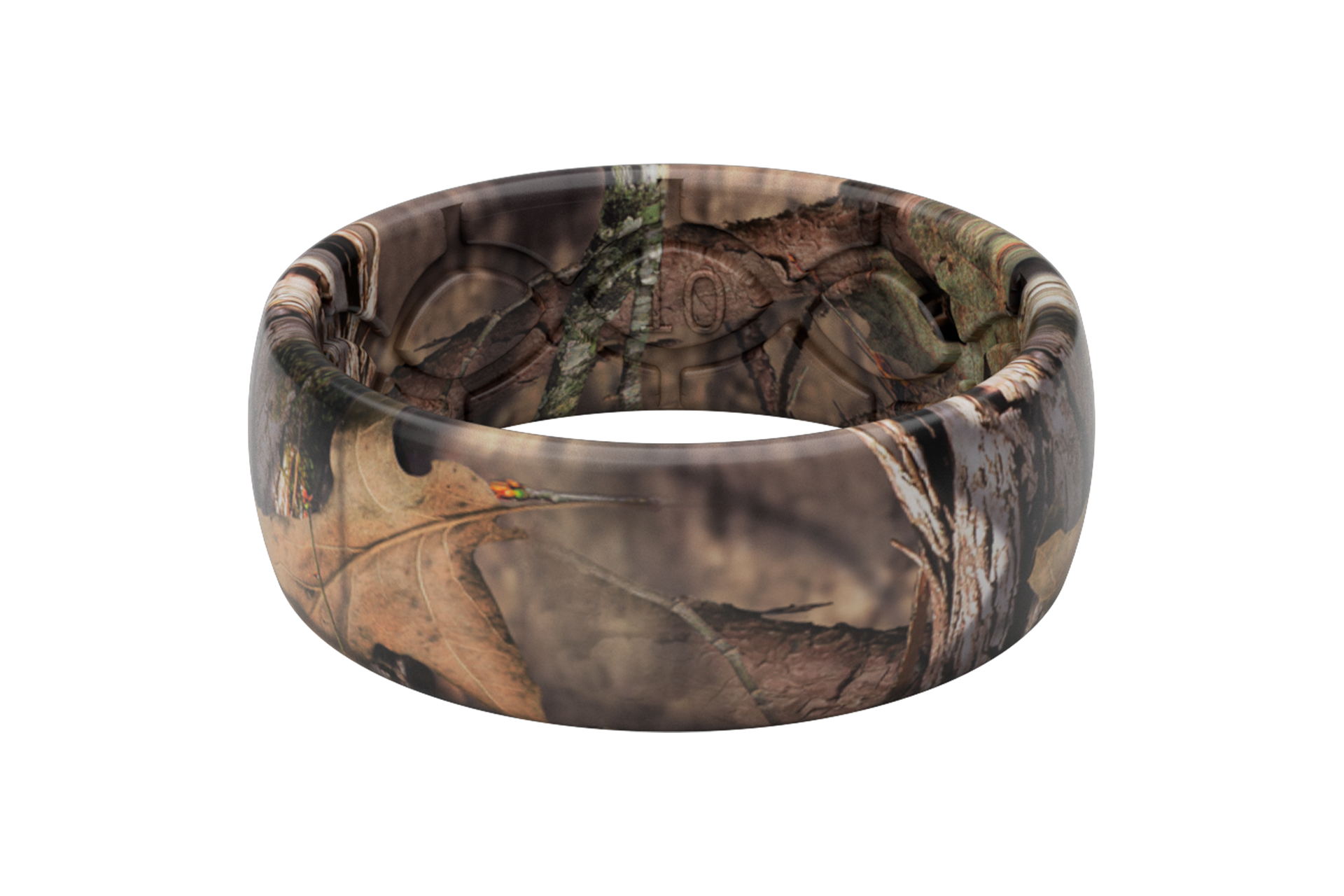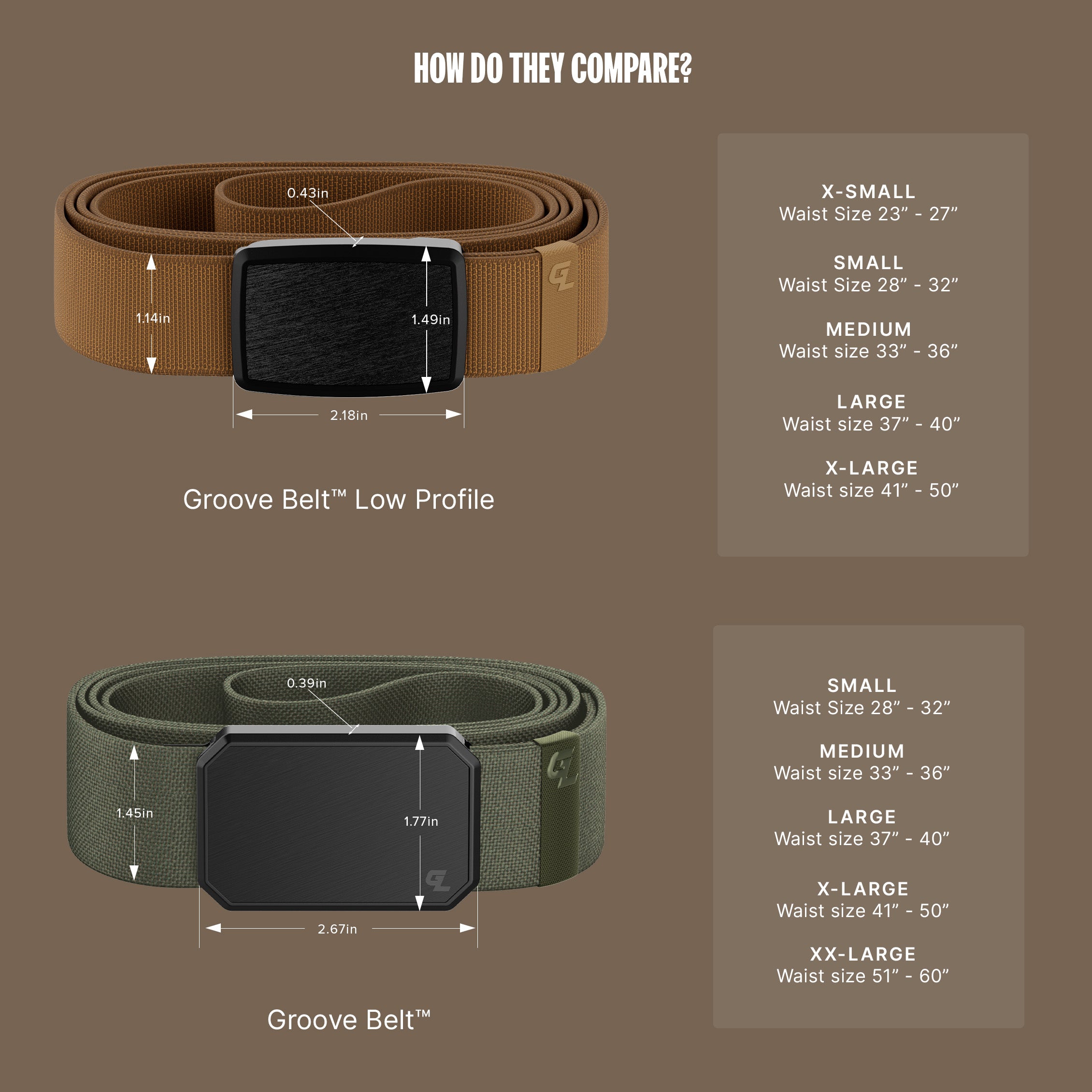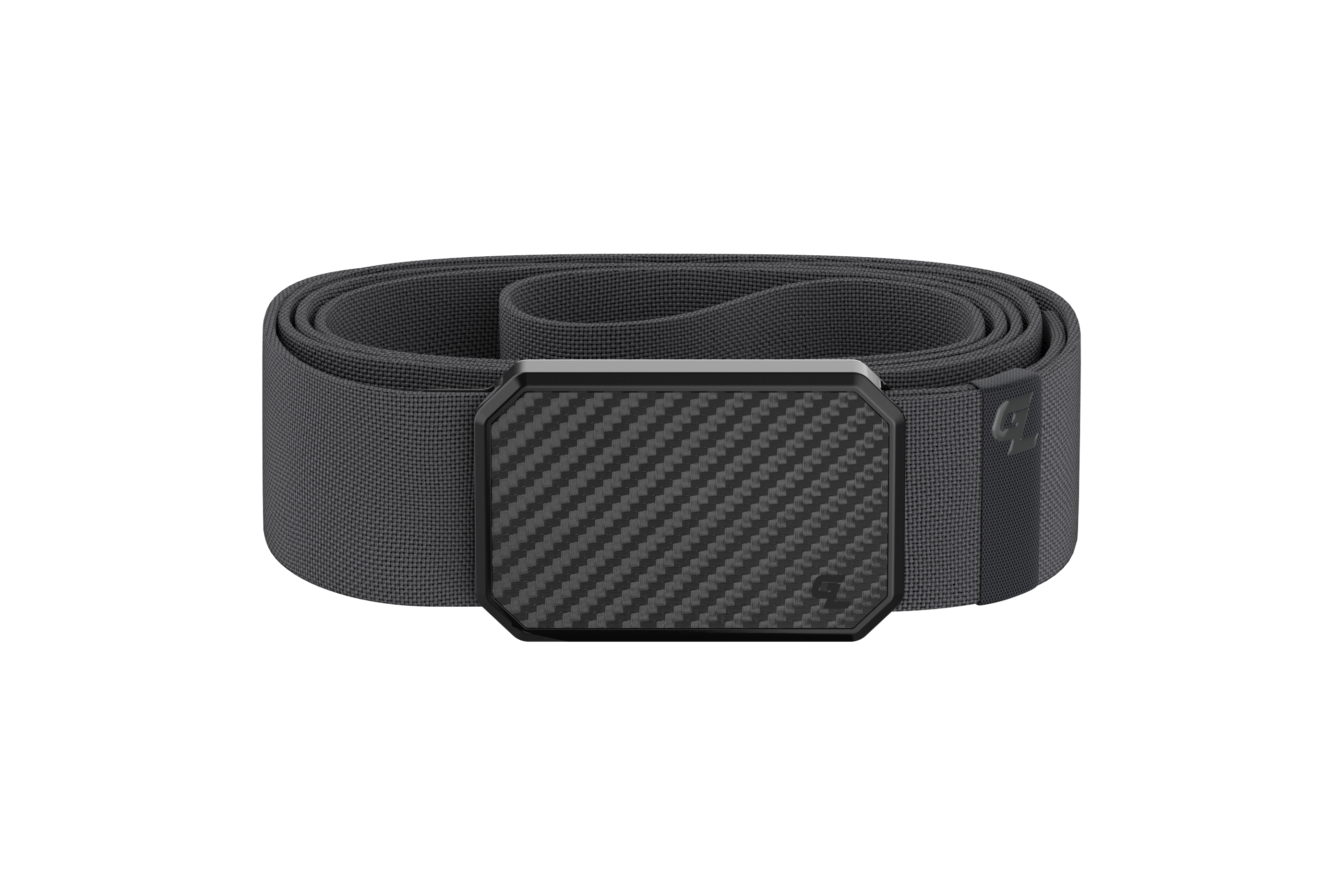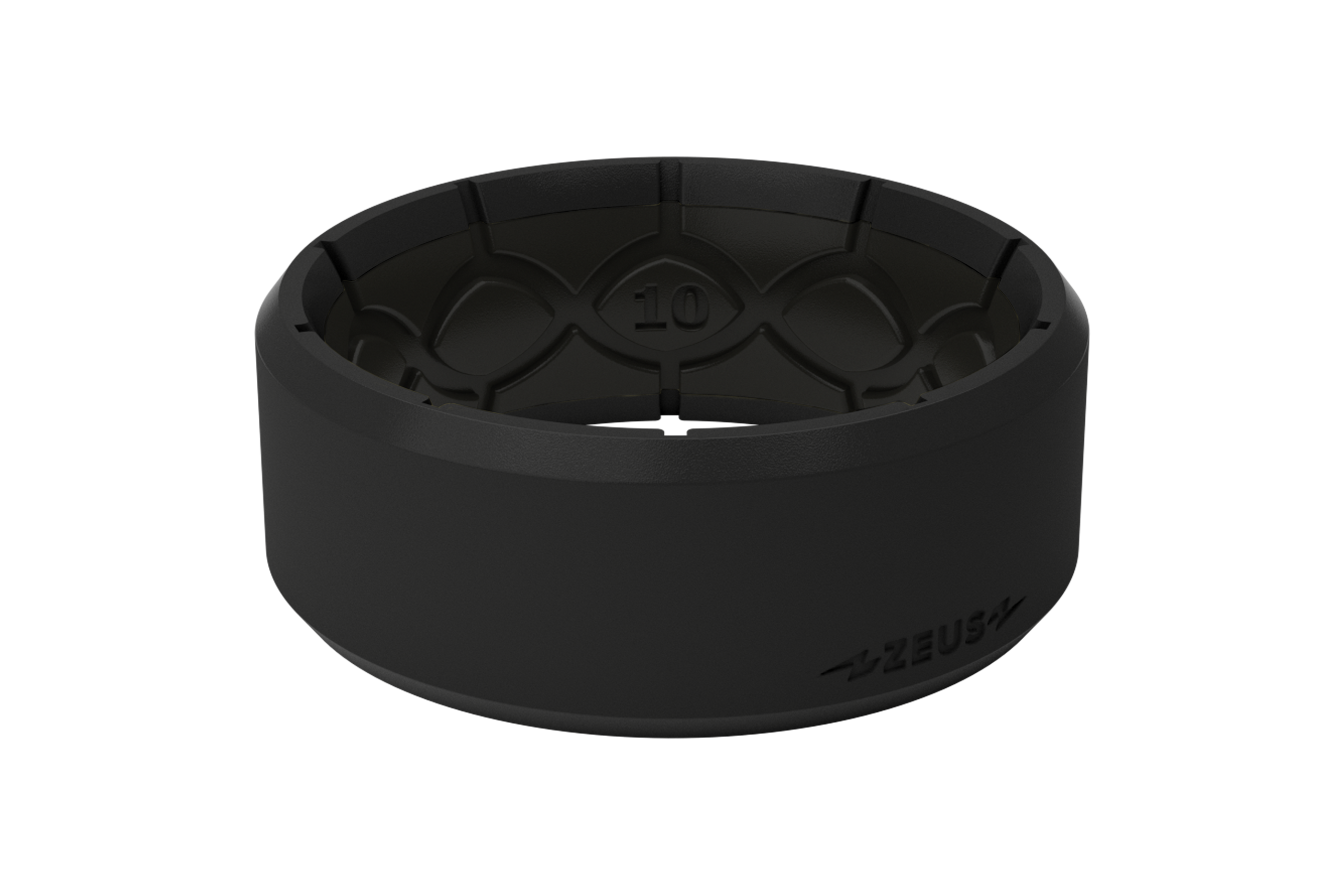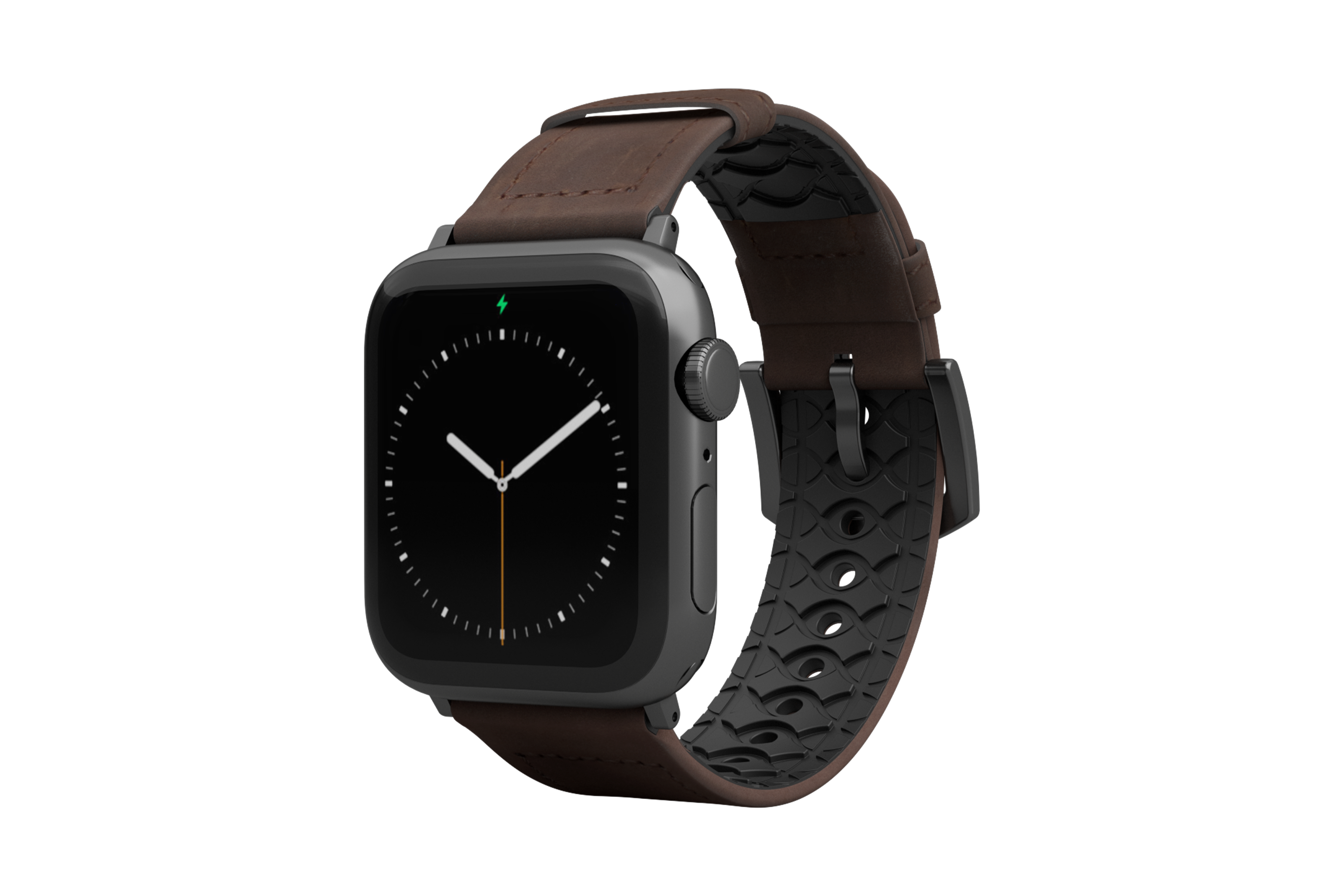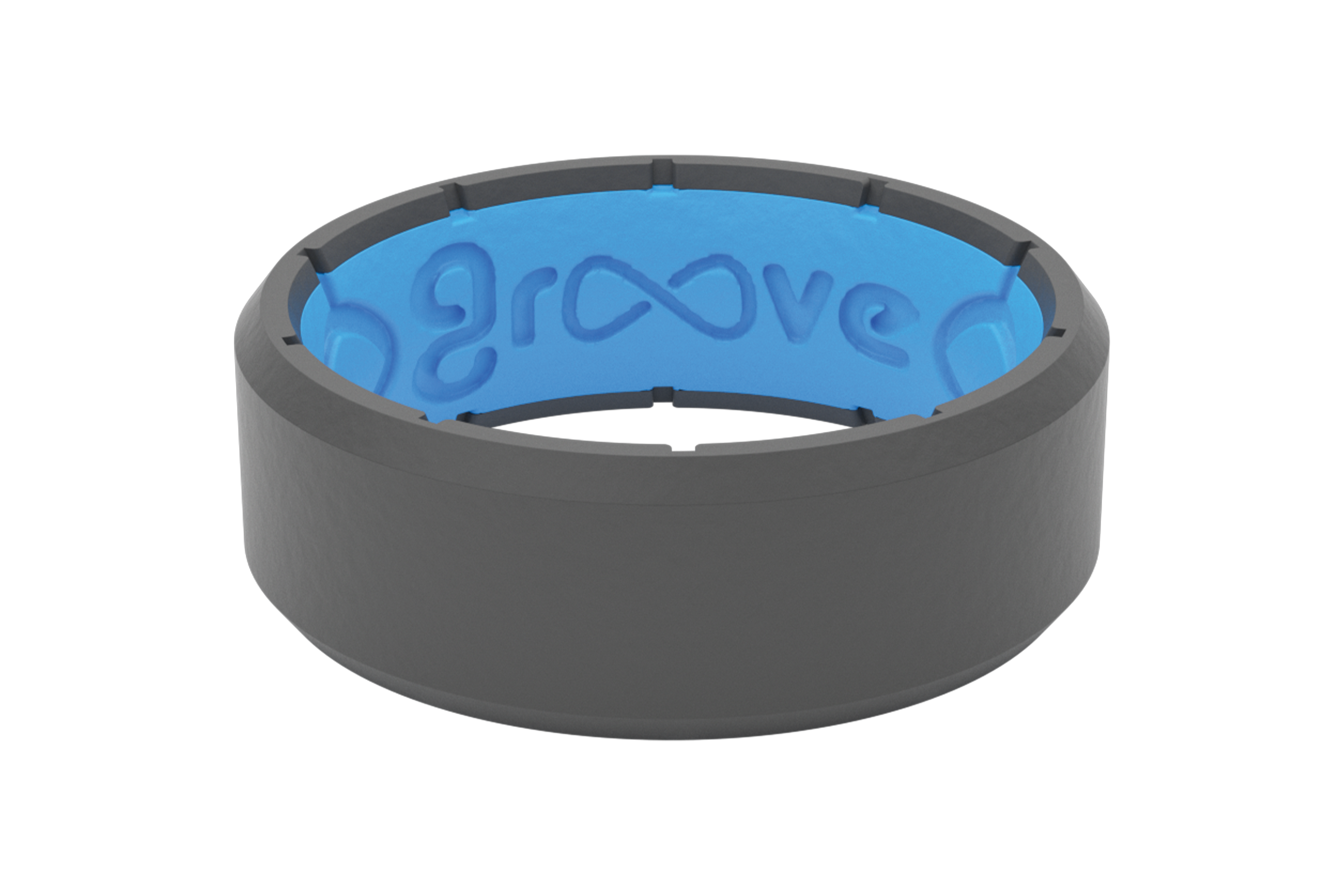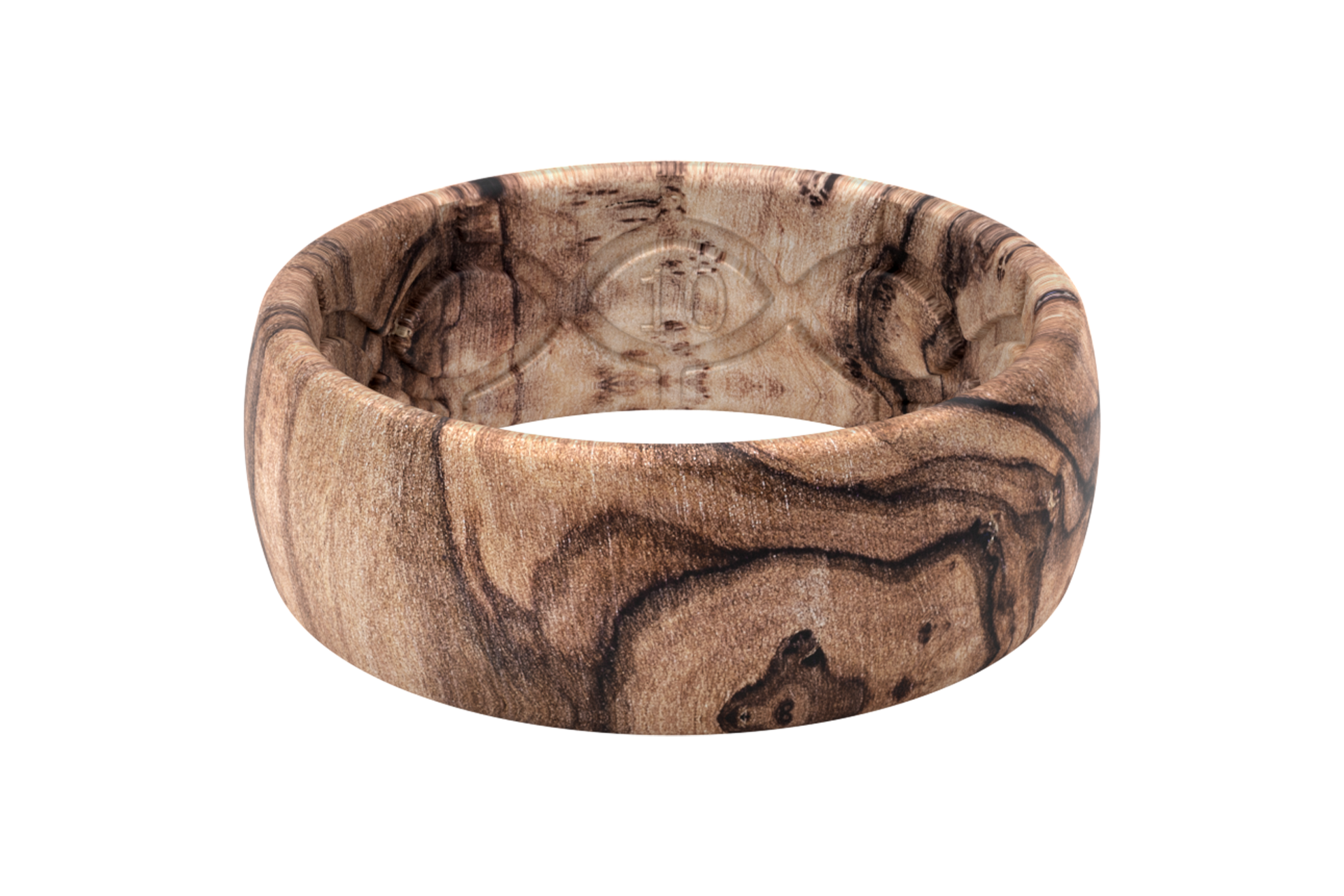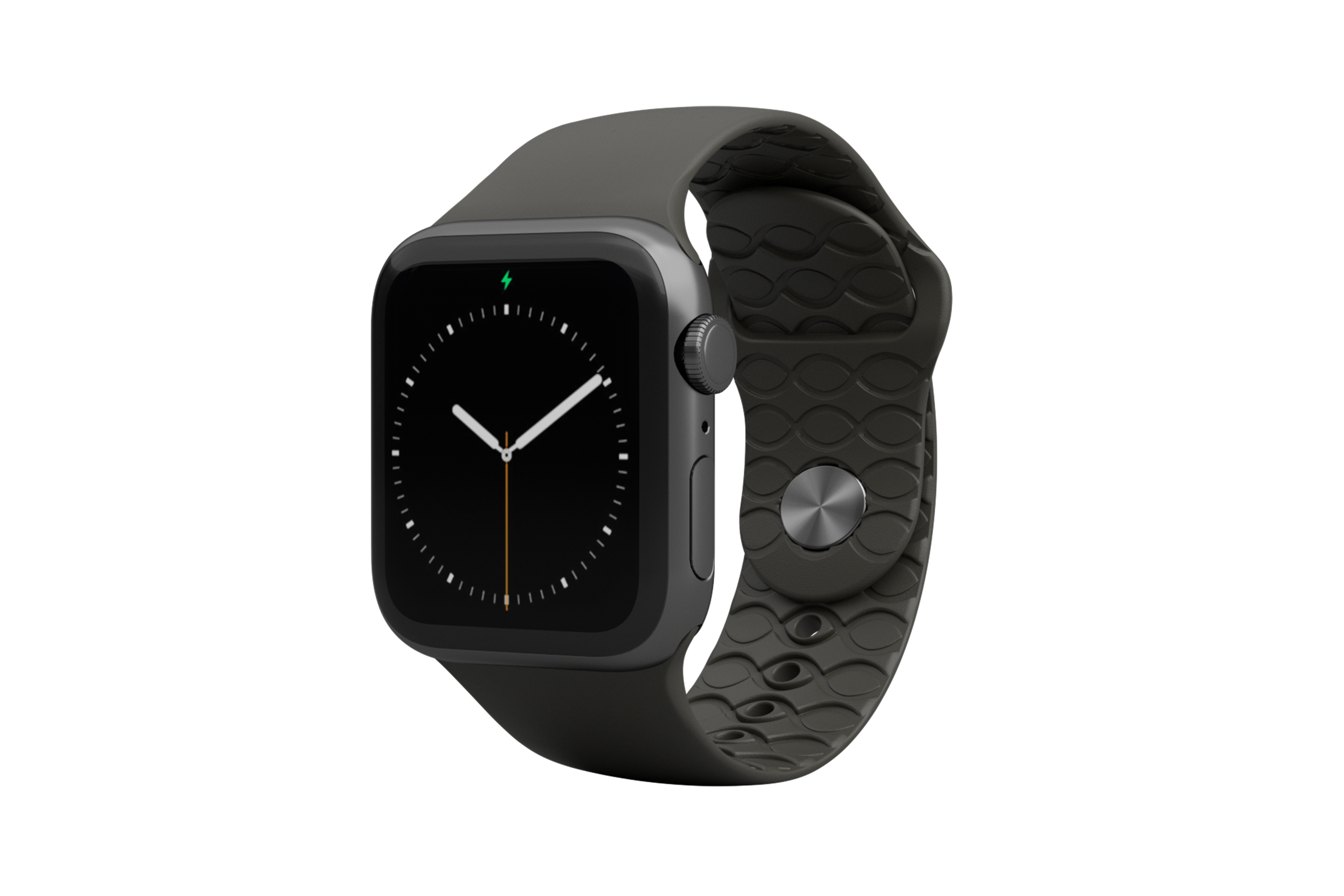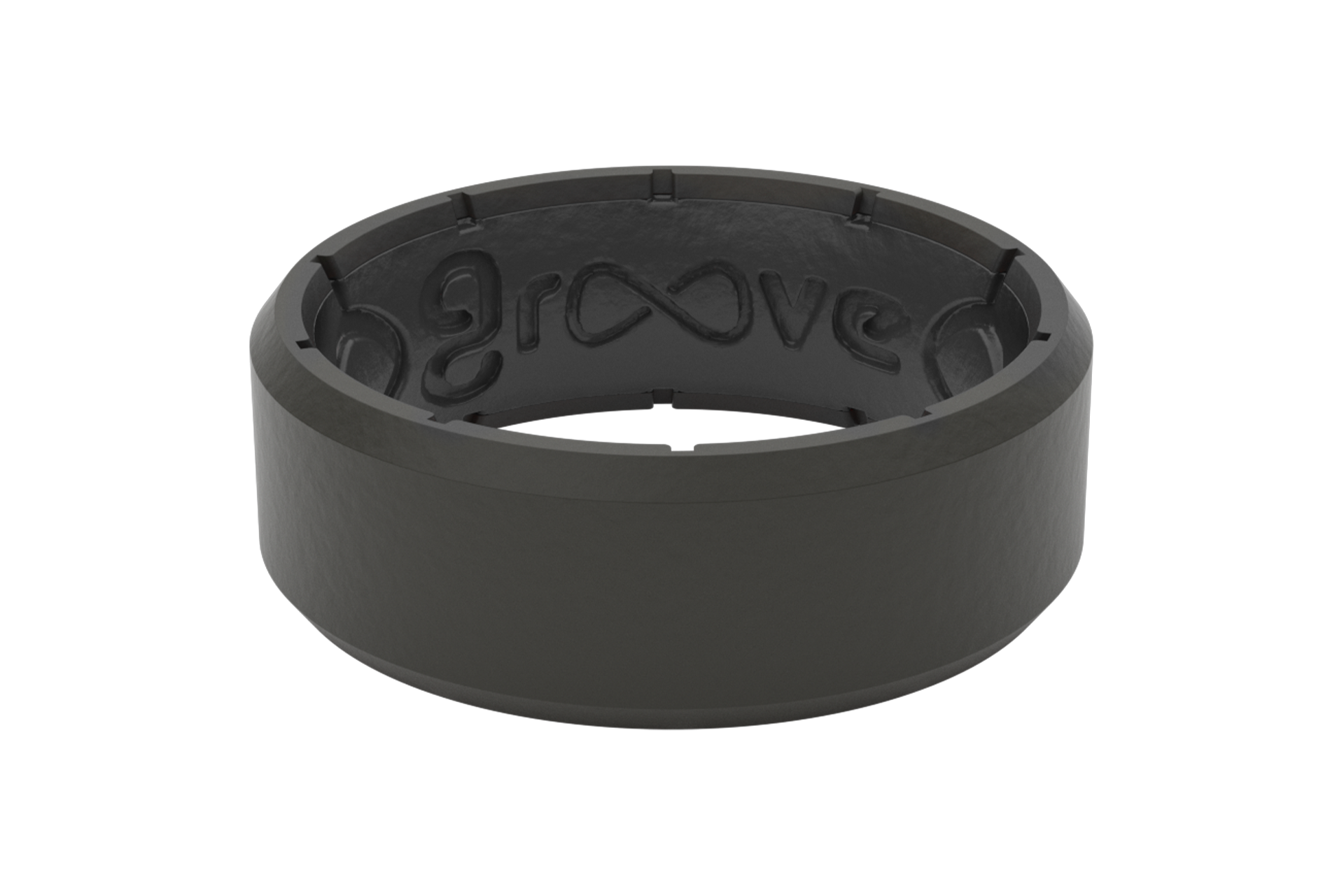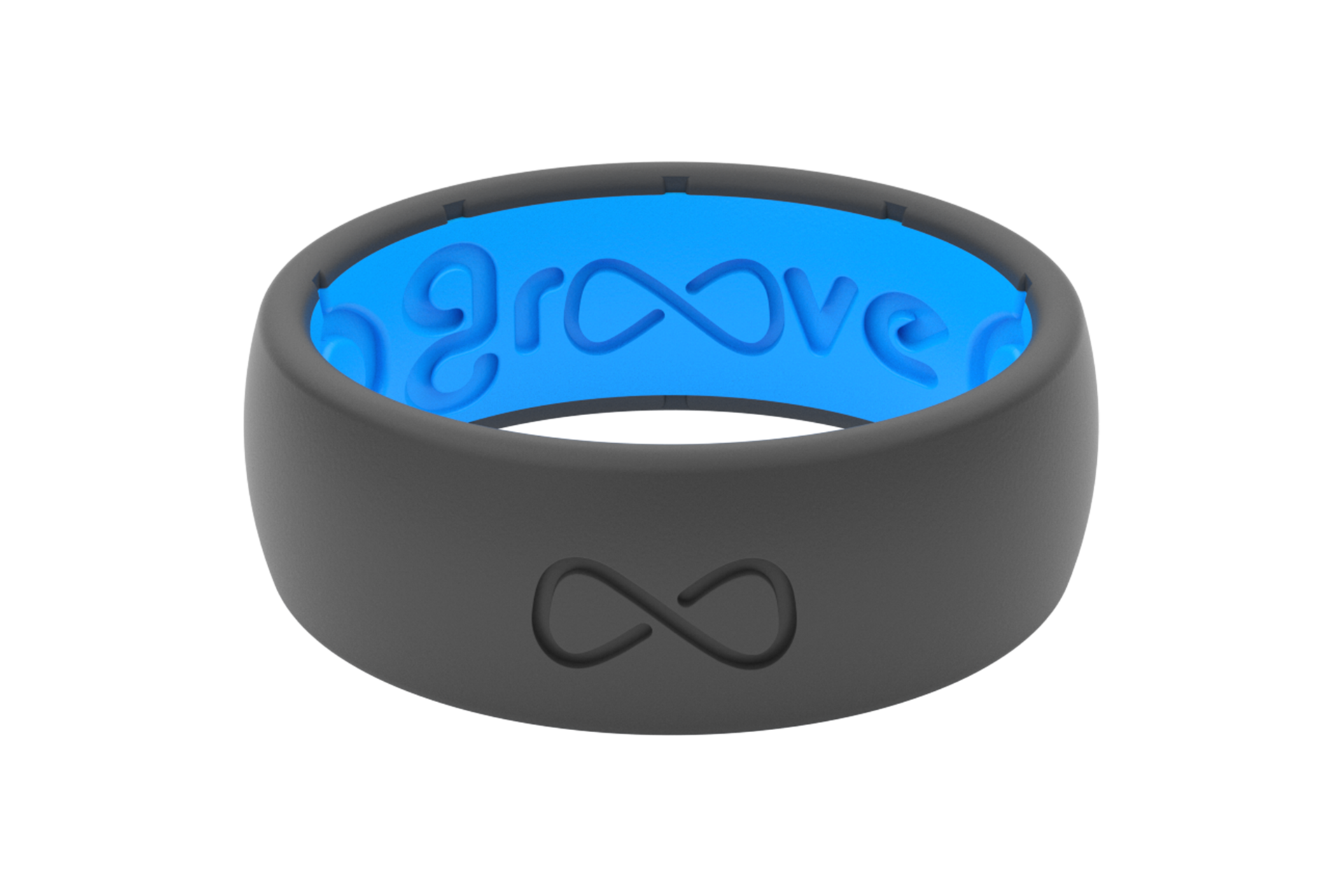
Protect Your Credit Cards From Damage With Metal Wallets
A crisp, new credit card is a pretty sight. It also works better than one that’s worn out—and since they’re such an important part of daily life, keeping your cards in mint condition is a smart move.
But as the world gets more digitized, data theft becomes easier and easier. Physical damage to your card might not be the only issue—info snatching is also on the rise, with everyone’s sensitive data more at risk.
Fortunately, it’s easy to keep your cards looking fresh, working flawlessly, and secure from hackers.
So, let’s talk about how metal wallets can protect your credit cards from damage.
Introduction to Wallets That Protect Credit Cards From Damage
Traditional wallets focus on appearance and convenience, not on protecting your cards. But you don’t have to sacrifice one for the other when choosing a wallet that can keep your cards safe. But before going into detail on your protective, pocketable options, let’s talk about how your cards get messed up in the first place so you know how to prevent it with the right wallet.
Common Causes of Credit Card Damage
Picture this: you’re in a crowded checkout line and you pull out your credit card. It’s a bit bent and you have to force it through the card reader. It doesn't read the first time and you have to swipe it again. The second swipe doesn’t work either, so you have to insert the chip. As you do, you notice that the magnetic strip is nearly scratched off.
Sound familiar? If so, you might wonder how the heck a card can get so battered—it’s just sitting there, right? Still, there’s a few ways your cards can get roughed up while residing in your wallet.
Physical Wear and Tear
Your card’s performance and appearance can both decline due to physical wear and tear. After a while, you may notice that your card has:
-
Scratches
-
Peeling corners
-
Faded lettering
This damage occurs when you pull a card out because the raised letters on the front rub against the back of the card pressed against it and scratch the surface and wear away any coating.
If you have a leather wallet, your card might also become permanently bent out of shape. That’s because leather is flexible, allowing some of that same friction whenever you move.
Magnetic Strip and Chip Damage
Scratching and general wear and tear can also damage a card’s chip and magnetic strip. Since these card components actually make payment possible, the scuffing makes it hard for a reader to communicate with your card. At that point, you’re just holding a piece of plastic.
Dirt and grime from your fingers can also build up on the chip and strip. Once enough gunk gets in place, it can block the signal connection.
Environmental Factors
Credit cards feature some protections to contend with the elements, but they amount more to describing something as “water resistant” rather than “waterproof.” All sorts of things can drag down your card’s condition, such as:
-
Heat
-
Magnetic fields
-
Chemicals
If you have a wallet that leaves your cards open to the environment, it won’t take long before it starts losing functionality or looking faded—the epoxy resin used to protect non-plastic components will generally stand up to water contact (even salt water), but may be impacted by high temperatures or chemicals like bleach.
Accidental exposure to magnets (or the electromagnetic fields created by devices like microwaves) can also erase chip data. And guess what contains a magnet inside and often sits right next to your wallet? Your cellphone.
Features of Wallets that Protect Credit Cards
Now that we’ve covered the risks, let’s talk about a new breed of wallet designed to keep your cards looking as good as new, from activation till expiration.
Wallets that protect credit cards from damage usually share a few key traits, although they come in several different varieties.
RFID Blocking Technology
Radio-frequency identification (RFID) technology enables chips to communicate with readers when close together. While this makes payment quick and easy, it also leaves the door open for unwelcome guests to take a peek at a card’s data.
In crowded environments, it’s simple for a thief to conduct a “skimming” attack and access your card’s contactless payment function with a remote reader.
RFID-blocking wallets come lined with material designed to block RFID transmissions, keeping your card data from falling into the wrong hands.
Durable Materials
A curled-up card is tough to swipe. If they’re surrounded by squishy material, cards can get warped or bent simply from body weight. Wallets constructed from durable materials, on the other hand:
-
Take the pressure off
-
Help cards preserve their original shape
Protective wallets also feature rock solid components that shield your cards from environmental damage like electromagnetic waves and moisture. An accidental fall won’t have the slightest effect on the contents of your wallet either.
Design and Construction
Understanding how to keep credit cards from scratching in wallet slots begins with figuring out why it happens.
Scratched-up cards often get that way because they’re:
-
Smashed into a small sleeve with a bunch of other cards
-
Pressed against coins or keys
-
Exposed to constant friction
Protective wallets come with individual slots for your important cards (this minimizes scraping against other cards as you slip them in and out), and often feature a soft lining that reduces the friction as you walk.
Types of Protective Wallets
Wallets have evolved past traditional leather bi-folds. It’s worth taking the time to understand your options and how they can keep the contents of your wallet safe.
If you’re looking to get serious about caring for your cards, you should evaluate a few different routes.
Metal Wallets
More and more people are opting to go with metal wallets to keep their cards safe.
That’s because few materials provide more protection than the aerospace grade metal featured by the Groove Wallet.
The Groove Wallet also includes:
-
Sleek and minimalist design
-
Indestructible materials
-
RFID blocking technology
-
Durable money clips
-
Waterproof shell
Some models, like the Groove Smart Wallet Trace, also include Apple’s Find My technology, which lets you track down a lost or stolen wallet with a couple of clicks.
When it comes to credit card safety, metal wallets can be your own portable fortress.
Leather Wallets with Protective Features
Don’t totally rule out leather, though. The Groove Leather Wallet combines the classic feel of leather with modern tech. Its sleek design features a leather faceplate, offering RFID-blocking protection beneath the exterior while keeping things compact.
With smart engineering, it has enough space to prevent your cards from getting crowded or damaged. Plus, genuine leather is softer than synthetic alternatives, reducing friction when pulling out or reinserting your cards. The Groove Leather Wallet is where classic style meets high-tech functionality.
Hybrid Wallets
Sometimes, a clever blend works better than going all in on one particular style or material.
Enter hybrid wallets, which:
-
Fuse elements of traditional and protective wallets
-
Give off classic vibes while including up-to-date features
-
Keep your credit cards pristine
If you want to preserve some of the leather look while gaining the protective features of metal, you may want to explore the world of hybrid wallets—like the Groove Wallet Go, which allows you to attach your wallet to your phone case without worrying about the magnets inside.
How to Choose the Right Protective Wallet
Deciding on a protective wallet starts with taking stock of your lifestyle, budget, and aesthetic.
Assessing Your Needs
First off, ask yourself what you really need. Do you:
-
Work in a tough, physical environment
-
Travel frequently (which increases the odds of RFID theft)
-
Prefer a minimalist approach and only carry one or two cards
If you answered yes to any of these, you may want to look into metal wallets, like the Groove Wallet, which also includes an attached money clip for those who still like to keep one foot in the cash-based world.
Considering Style and Preferences
Let’s be honest: wallets aren’t just about function—they’re also style pieces. When deciding on a wallet upgrade, you have to consider your look.
Ask yourself:
-
Do I prefer a sleek, modern style or a traditional one?
-
Could I embrace minimalism, or would I rather have extra room?
-
Am I concerned about how my wallet will hold up against an active lifestyle?
There’s no reason to stay locked in on leather if going metal better suits your style and offers superior protection for your cards.
Budget Considerations
Whenever you’re considering upgrading your accessories, cost is always a factor. A cheap wallet might do a poor job protecting your cards, but at least it’s budget friendly, right?
Well, besides wearing out far faster than a metal or hybrid wallet, cheap wallets that offer little protection can:
-
Damage your cards
-
Increase the risk of data skimming
-
Force you to replace your cards often
The price of a protective wallet might look a little higher, but if you go with durable materials and indestructible design, it could save you a lot of hassle and be the last wallet you’ll ever need to buy, saving you big money over the long term.
Groove Life, for Your Card’s Life
The days of carrying a wad of cash are over. The world’s gone digital, and credit cards are your link to the financial system. This makes it more important than ever to keep them safe, secure, and in optimal condition.
Groove Life’s premium metal wallets offer all the protective features you need to safeguard your info and keep your cards in good-as-new shape. They also feature a streamlined design, so you don’t have to walk around with bulgy pockets or sit on an uncomfortable lump.
Whether you’re a world traveler, a buttoned-up professional, or someone who loves to work with their hands, you (and your cards) can benefit from the durability, security and sleek design of a metal wallet. Explore our collection today!
Sources:
Finly Wealth. Will Credit Card Work After Getting Washed? https://www.finlywealth.com/post/will-credit-card-work-after-getting-washed
NordVPN. What is RFID blocking, and do you need it? https://nordvpn.com/blog/does-rfid-blocking-work/
BTOD.com. 6 Differences Between Real Vs. Bonded Vs. Faux Leather. https://www.btod.com/blog/real-vs-bonded-vs-faux-leather/
